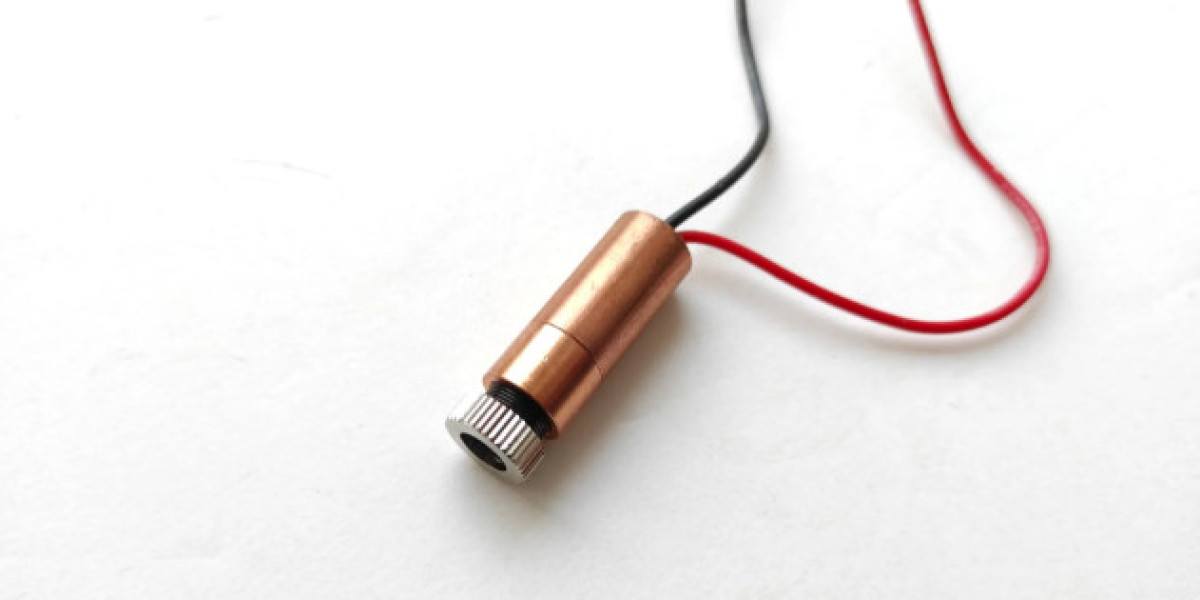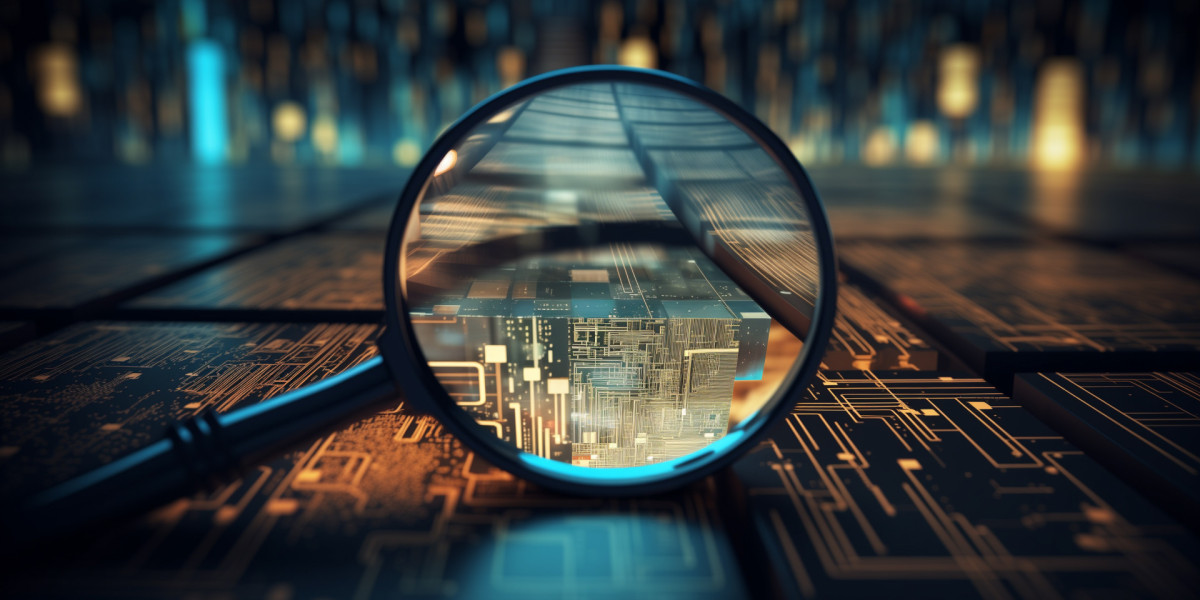Laser diodes are an essential technology that has impacted a wide range of industries, from telecommunications to healthcare. Their versatility, compact size, and efficiency make them indispensable in many modern devices. In this article, we will explore what laser diode manufacturers are, how they work, and their varied applications.
What is a Laser Diode?
A laser diode is a semiconductor device that emits coherent light through a process called stimulated emission. Unlike traditional light-emitting diodes (LEDs), which emit light in all directions, laser diodes produce highly focused and powerful beams of light. This makes them ideal for applications that require precision, such as fiber-optic communication and laser pointers.
How Does a Laser Diode Work?
The functioning of a laser diode is based on the principle of electron and hole recombination in a semiconductor material. When an electric current passes through the diode, electrons and holes combine, releasing energy in the form of photons. In a laser diode, this process occurs within a specially designed cavity that amplifies the emitted photons, creating a powerful and concentrated beam of light.
The key components of a laser diode include:
P-N Junction: The basic structure consists of a p-type and an n-type semiconductor material, forming a p-n junction. When a forward current is applied, electrons from the n-region and holes from the p-region move towards the junction and recombine to produce light.
Optical Cavity: The light produced at the p-n junction is reflected back and forth by mirrors on either end of the diode, creating an optical cavity. This process amplifies the light, leading to stimulated emission and producing a coherent light beam.
Lens: A lens is often used to focus or shape the output beam, ensuring that the emitted light is highly directional and focused.
Characteristics of Laser Diodes
Laser diodes have several distinct characteristics that make them unique:
- Monochromatic Light: Laser diodes emit light of a single wavelength, making them useful for applications requiring precise color or wavelength control.
- High Coherence: The emitted light is highly coherent, meaning the waves are in phase and travel in a uniform direction.
- Compact and Efficient: Laser diodes are small in size and energy-efficient, allowing them to be used in portable electronic devices.
Applications of Laser Diodes
Laser diodes are used in a wide range of applications due to their versatility and efficiency. Below are some of the most common uses:
Telecommunications Laser diodes play a crucial role in fiber-optic communication systems. Their ability to produce high-intensity, coherent light allows for the transmission of data over long distances with minimal loss. This technology forms the backbone of internet and telephone communications.
Optical Storage Devices One of the most familiar applications of laser diodes is in optical storage devices, such as CDs, DVDs, and Blu-ray players. The laser reads data encoded on the disk by detecting changes in the reflective surface, enabling users to store and retrieve digital content.
Laser Pointers Laser diodes are commonly used in laser pointers due to their ability to produce a focused beam of light. They are popular in presentations, astronomy, and even as a tool for pet entertainment.
Medical and Healthcare In the medical field, laser diodes are used for surgical procedures, particularly in minimally invasive surgeries. They are also used in diagnostic devices, skin treatments, and vision correction surgeries, such as LASIK.
Bar Code Scanners Laser diodes are utilized in barcode scanners, which are found in supermarkets and retail stores around the world. The laser reads barcodes by scanning and detecting variations in the pattern, allowing for efficient inventory and checkout processes.
Industrial Applications Laser diodes are used in various industrial applications, such as cutting, welding, and material processing. Their precision and ability to focus on a small area make them suitable for delicate and high-precision tasks.
Laser Printing Laser printers use laser diodes to create high-resolution images on paper. The laser beam selectively charges areas of a photosensitive drum, which attracts toner particles that are then transferred onto paper to produce sharp and detailed prints.
Types of Laser Diodes
Laser diodes come in several types, each tailored for specific applications:
- Single-Mode Laser Diodes: These emit a single spatial mode and are typically used in applications requiring a narrow beam, such as fiber-optic communication.
- Multi-Mode Laser Diodes: These diodes emit multiple spatial modes, providing higher output power and are used in applications like illumination and laser pumping.
- Quantum Well Lasers: These diodes have a specially designed structure to increase efficiency and are often used in high-power applications.
Advantages and Limitations
Advantages:
- Compact Size: Laser diodes are small and easy to integrate into various electronic devices.
- High Efficiency: They are highly efficient, requiring relatively low power to produce a strong, focused light.
- Wavelength Versatility: The wavelength of laser diodes can be tailored by adjusting the semiconductor material, allowing for a range of colors and applications.
Limitations:
- Temperature Sensitivity: Laser diodes are sensitive to temperature changes, which can affect their performance.
- Limited Lifespan: Compared to some other types of lasers, laser diodes may have a shorter lifespan due to wear on the internal components.
Conclusion
Laser diodes are a vital technology that has revolutionized many fields, from communications and healthcare to entertainment and industry. Their compact size, high efficiency, and versatility make them ideal for a broad spectrum of applications. As technology continues to evolve, laser diodes will undoubtedly play an even more significant role in shaping the future of our digital and industrial world.



